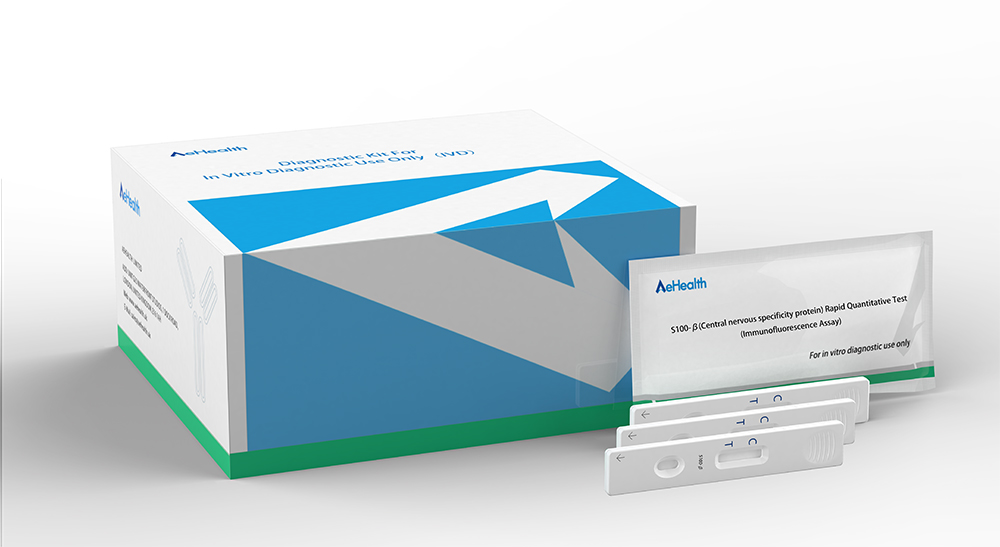
Performance Characteristics
Detection Limit: 1.0 IU/mL;
Linear Range: 1.0~1000.0 IU/mL;
Linear correlation coefficient R ≥ 0.990;
Precision: within batch C.V. is ≤ 15%; between batches C.V. is ≤ 20%;
Accuracy: the relative deviation of the measurement results shall not exceed ± 15% when the accuracy calibrator prepared by IgE national standard or standardized accuracy calibrator are tested.
Cross-Reactivity:The following substances do not interfere with the IgE test results at the indicated concentrations: IgG at 200 mg/mL, IgA at 20 mg/mL and IgM at 20 mg/mL
1. Store the detector buffer at 2~30℃. The buffer is stable up to 18 months.
2. Store Aehealth Ferritin Rapid Quantitative test cassette at 2~30℃, shelf life is up to 18 months.
3. Test cassette should be used within 1 hour after opening the pack.
Immunoglobulin E (IgE) is an antibody that is produced by the body's immune system in response to a perceived threat. It is one of five classes of immunoglobulins and is normally present in the blood in very small amounts. IgE is associated with allergic responses, including asthma, and to a lesser degree with immunity to parasites. IgE also has an essential role in type I hypersensitivity. An increased total IgE level indicates that it is likely that a person has one or more allergies. Allergen-specific IgE levels will increase after an exposure and then decline over time, thus affecting the total IgE level. An elevated level of total IgE indicates an allergic process is likely present, but it will not indicate what a person is allergic to. In general, the greater the number of things a person is allergic to, the higher the total IgE level may be. An IgE elevation can also indicate the presence of a parasitic infection but cannot be used to determine the type of infection.

